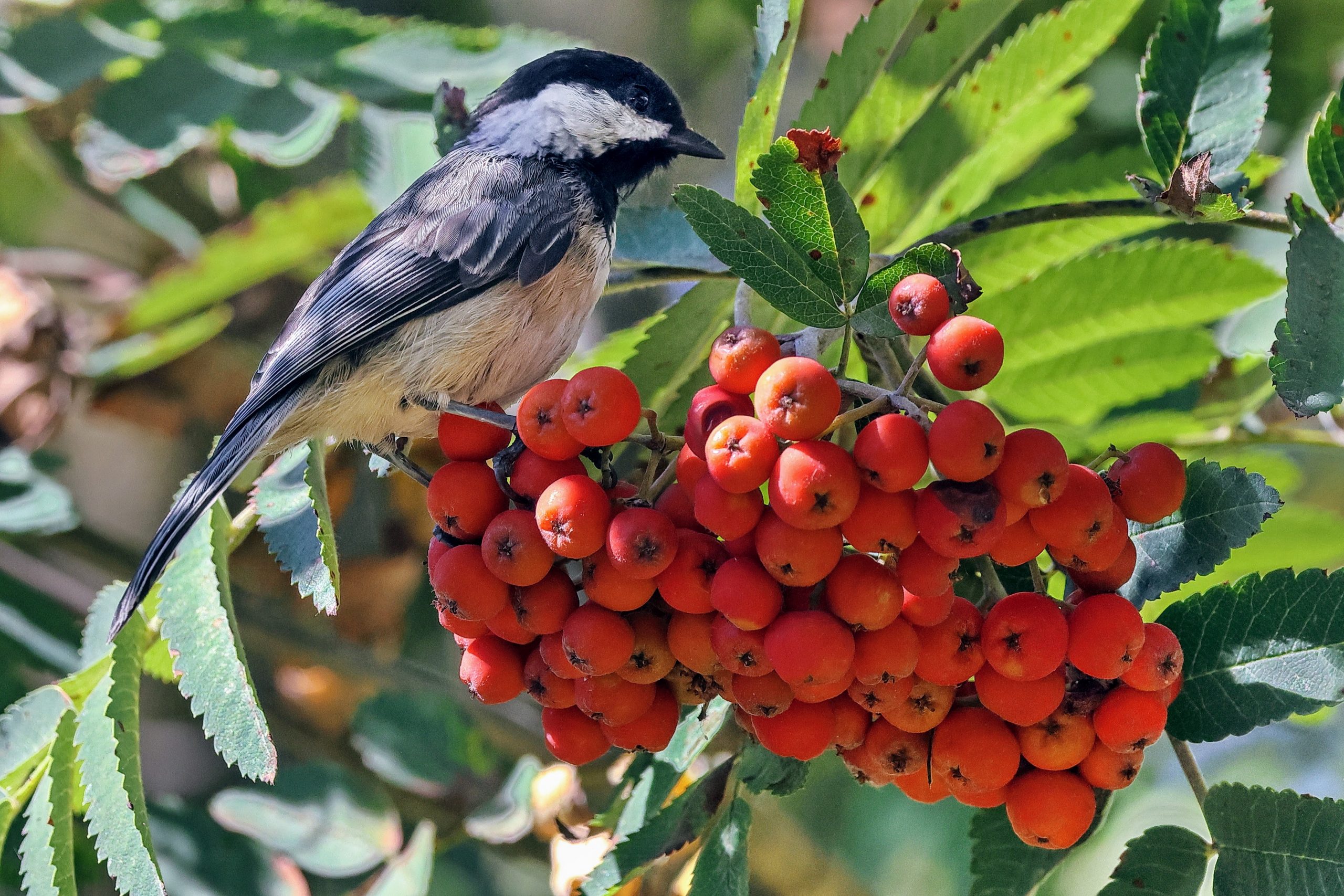Support Us
Since 1979 more than 140,000 animals have been treated by Wildlife Rescue.
Thanks to the support of individuals like you, Wildlife Rescue can provide a lifeline for animals in distress.
 Avian influenza primarily affects domestic poultry and wild birds and is highly contagious amongst birds. Wild species most affected by avian influenza are ducks, geese, raptors and corvids (like crows and ravens). There is currently no treatment for the virus,... Read More
Avian influenza primarily affects domestic poultry and wild birds and is highly contagious amongst birds. Wild species most affected by avian influenza are ducks, geese, raptors and corvids (like crows and ravens). There is currently no treatment for the virus,... Read More
 Now that spring is well on its way, many of us are looking to get started on the season's gardening so that we can enjoy a beautiful outdoor space all summer. You can get your backyard ready for yourself and... Read More
Now that spring is well on its way, many of us are looking to get started on the season's gardening so that we can enjoy a beautiful outdoor space all summer. You can get your backyard ready for yourself and... Read More
Every year, billions of birds migrate across North America. Herons, Sandpipers, Cranes, and even hummingbirds all migrate to escape cold Canada’s winters bring. Unfortunately, many of their journeys have been disrupted by the wreckage from wildfires, forcing them to take new routes in unfamiliar territory. With the new territory comes new dangers – electrical wires, tall glass buildings, fatigue, and more.
Read MoreFound in freshwater areas such as rivers and streams, Spotted Sandpipers typically nest close to the shore. Unfortunately, this reliance on coastlines has led to many problems for these birds – especially when chemicals are dumped into the water.
The usage of pesticides and other chemicals may seem harmless – but when these substances float downstream, they can create large problems for local wildlife. Chemicals like pesticides can deplete resources, making it harder and harder for wildlife like Spotted Sandpipers to find the food they need. As well, the digestion of pesticides can lead to wildlife having a difficult time reproducing and can even lead to baby birds being born with deficiencies.
Read MoreFound in lakes and ponds, Common Loons are a common sight from BC to New Brunswick. Known for their black bills and their black-and-white patterned bodies during summer, these birds have a different look from September to March when they have grey heads/backs and whitethroats.
With a large reliance on the water they inhabit, it is no surprise that Common Loons can easily be harmed by pesticides and other chemicals that end up in rivers and streams. This important connection to the wetlands they inhabit is why we need to be extremely careful about how we treat our environment.
Read MoreGlue traps are a pest control measure using glue as the method of trapping. The pest gets caught in the glue and then the trap is thrown away. There are two different types of glue traps; flypaper and glue-tray mouse traps.
While they seem simple, glue traps are one of the most inhumane methods of pest control. The animal, once caught in the trap, usually dies of starvation and dehydration over several days. The traps can also snare other wildlife. Since flypaper traps insects, insect-loving birds can become entangled in the flypaper while attempting to feed.
Read MoreDouble-crested cormorants make their nesting homes on the coastlines of southern BC. They are an iridescent greenish-black, with a bright yellow beak, and white tufts over their eyes during the breeding season. They like to hang out on rocky shorelines and dive for fish.
Read MoreSpring is one of the busiest times of the year for Wildlife Rescue especially with “Rooftop Rescues”. Last year, the rescue team was managing 10 rescues a day to save fluffy little goslings and bringing them to safety with their families.
While nesting on rooftops seems like a safe place for goslings, it can be very dangerous for young geese. To make sure goslings are not harmed by rooftop nesting, the best thing we can do is prevent it!
Read MoreYour generous response enabled construction of the Medical Treatment Centre to be completed just a few months before COVID-19. Thank you for making this project a reality!
Read MoreThis time of year, migrating birds choose British Columbia’s beautiful trees and forests as a spot to lay their eggs and start their families. This beautiful journey often has challenges, one being nest removal and nest disturbance.
Read More